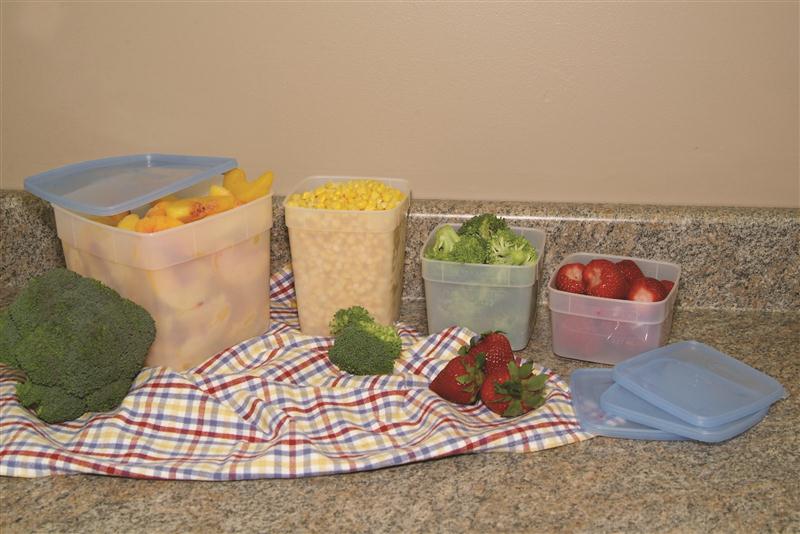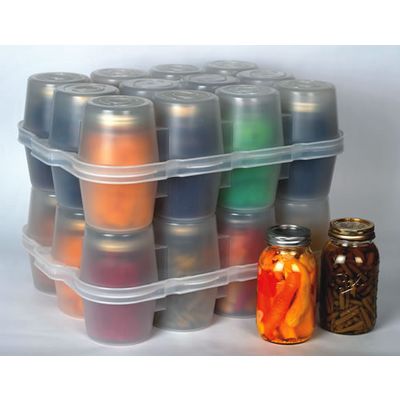
Have you heard about ‘canning’ dry goods to ensure long-term storage? Today’s piece comes to us from The Ohio State University Extension in nearby Wooster, Ohio, and deals with that very topic. OSUE’s Linnette Goard, Associate Professor/Field Specialist, Food Safety, Selection and Management, Family and Consumer Sciences, tells us below how to handle long-term storage of staple goods safely.
First, let me say that “oven canning” is not a safe way of preserving our food. According to the National Center for Home Food Preservation, “oven canning can be dangerous because the temperature will vary according to the accuracy of oven regulators and circulation of heat. Dry heat is very slow in penetrating into jars of food. Also, jars explode easily in the oven.”
Most oven canning recommendations of dry goods that I have seen on the web and in YouTube videos are at a temperature of 200° F. At this temperature you will find that some insect eggs will be destroyed but this temperature is not high enough to destroy Clostridium botulinum spores or other bacterial spores.
Practicing Safe Storage
The process that many bloggers are describing as oven canning of dry goods is not really canning but a method of storage.
Dry foods such as flour, rice, beans, etc. have a very low water activity and therefore do not need to be preserved.

These items can be safely stored to keep out the moisture without canning. Pack in clean, dry, moisture proof containers such as canning jars, plastic freezer containers, or vacuum seal packages.
Limit Exposure of Staple Goods
Try to package foods in amounts that you will be able to use in one recipe or for one meal.
The key to a good quality product is to keep the food from being exposed to moisture and air, which means that you do not want to open and close the package multiple times.
Food storage quality is also affected by the air temperature. Keep dry goods stored between 50-70° F. for best quality.
References:
National Center for Home Food Preservation
Sanja Ilic, Assistant Professor/Extension Specialist, Food Safety, College of Education and Human Ecology, The Ohio State University.



























